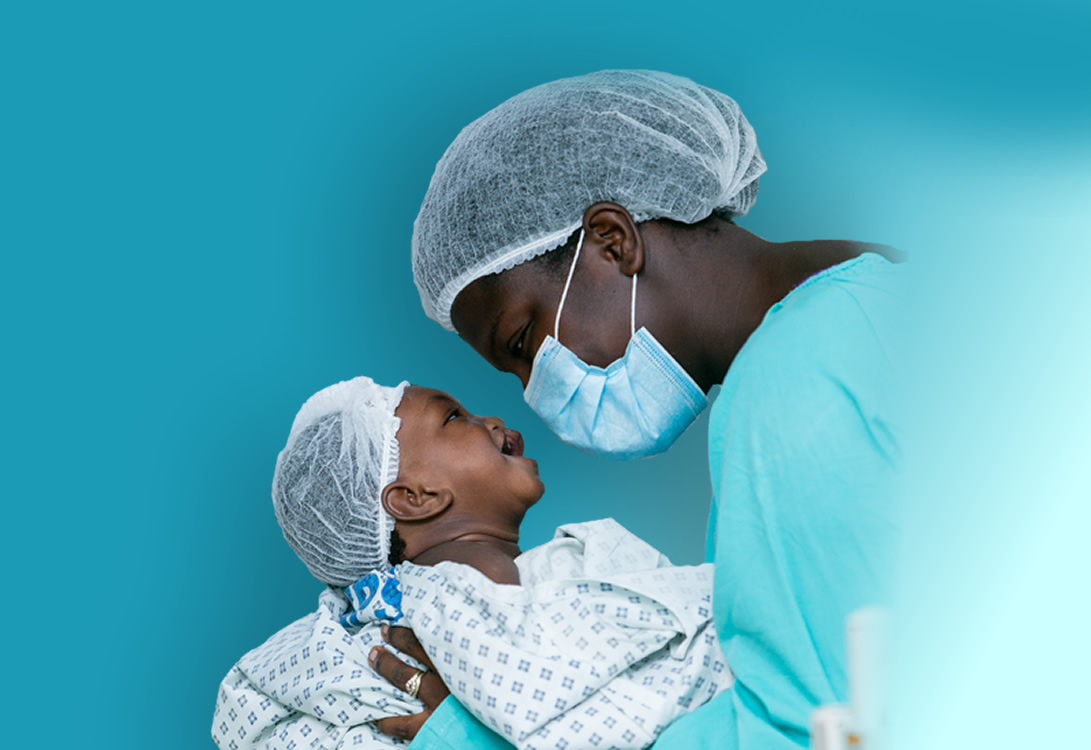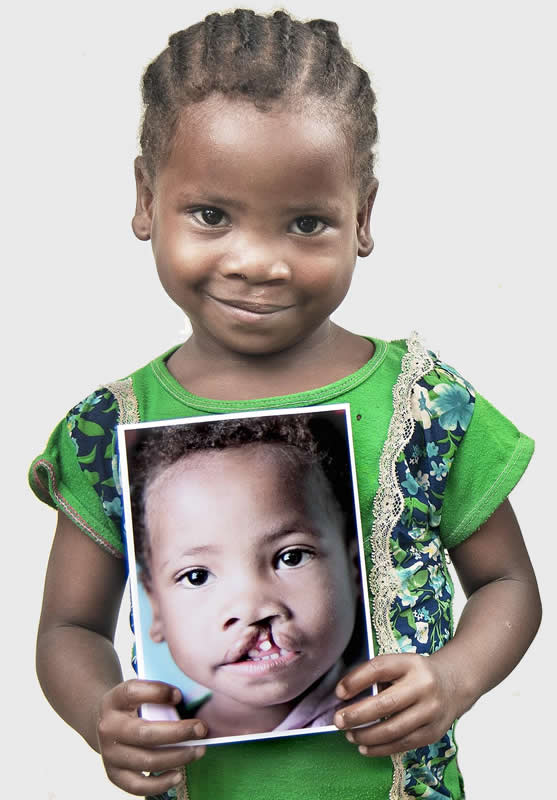Your questions answered

About
Cleft Lip and Cleft Palate
What is a cleft condition?
Before birth, babies can have a split, or cleft, in their lip and the roof of the mouth. This split normally closes between the 6th to 11th week of pregnancy. But in some cases, the split fails to close properly and the child is born with a cleft condition. A cleft lip is easy to see and recognise. But a cleft palate (a gap in the roof of the mouth) is only visible when the baby’s mouth is wide open – for example when he or she cries.
How is the condition treated?
Surgery to repair a cleft lip is normally done within the first three months of life. A special technique is used to suture the two sides of the lip together, leaving a scar that blends into the lip. Repairing a cleft palate is more complicated and is usually done when the child is older – between the ages of 6 to 18 months. During surgery, tissue from either side of the mouth is used to fill in the gap. Several subsequent surgeries may be required during childhood and even into adolescence.
Children who grow up without access to plastic surgery may have a cleft condition repaired at any age. Operation Smile recently operated on a 66 year old man who believed he would go to his grave with a cleft lip.
What happens if cleft conditions are left untreated?
Depending on the type and severity, a cleft condition can cause severe health issues if it’s not treated. It’s common for babies to have difficulty feeding, which can lead to malnutrition. Dental problems are common, especially for those with cleft palate. Speech and language development is also commonly affected. The child may also be more susceptible to ear infections, which can lead to hearing loss.
Apart from physical problems, children’s mental health is often affected. They may be subjected to bullying, or shunned by their peers, leading to social isolation and lack of self esteem. Cleft surgery is essential to ensure that these children can lead happier and healthier lives.
What causes cleft lip or cleft palate?
Although we still don’t know exactly what causes these conditions, there are many known risk factors that can increase the likelihood of a baby being born with cleft lip or cleft palate. Genetics and family history, pre-existing medical conditions, poor nutrition and exposure to harmful environmental substances (for example smoke inhalation from cooking over an open fire) can affect the healthy development of an unborn baby.
Research
Recent research conducted by the South African Medical Research Council (SAMRC) in partnership with surgeons, researchers and Operation Smile, has established a greater prevalence of babies born with cleft conditions to mothers living in areas with high level of air pollution during their pregnancy.
Although more research is needed, Caradee Wright, Chief Specialist Scientist at the SAMRC’s Environment and Health Research Unit, believes there is enough evidence to show that the health of our environment directly impacts on the health of our children.
In America, Operation Smile has teamed up with the University of Southern California and Children’s Hospital Los Angeles to study cleft conditions and, hopefully in the future, find ways to prevent them. Please watch the video below for more about this research.
How common are cleft conditions?
Worldwide, it’s estimated that a child is born with a cleft condition every three minutes. The incidence of these conditions is higher in under developed and poorer countries. The highest rates of cleft lip and cleft palate occur in South East Asia – about two in every 1000 children born. In Africa, the incidence is about one in every 1000 births.
In first world countries, children in need of surgical intervention normally have access to the necessary health care infrastructure, treatment and resources. Operation Smile works with individuals living in countries where access to surgical care for cleft conditions is either non-existent or severely limited.
If the condition is so common, how come I have never seen anyone with a cleft lip?
Since cleft lip is normally repaired by the time a baby is three months old, it’s uncommon to encounter an adult, or even a young child with the condition in first world societies. However, if you are a movie fan, you will be familiar with several people who were born with cleft conditions, including Joaquin Phoenix, Stacy Keach, Jason Robards and Tom Burke.
For more information, or to inquire about Operation Smile’s Surgical Programmes, please email [email protected]
